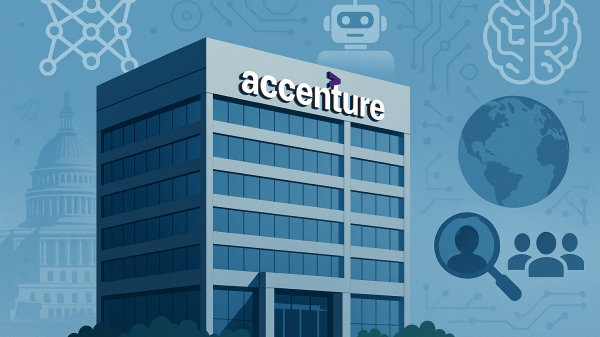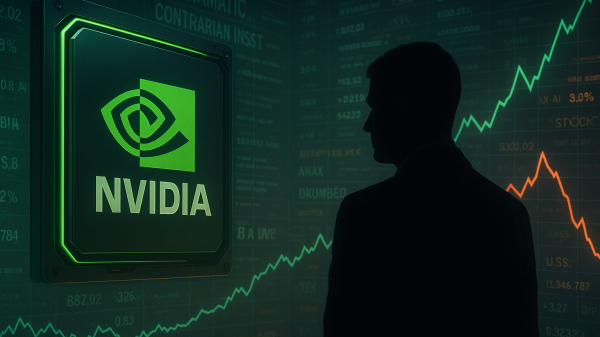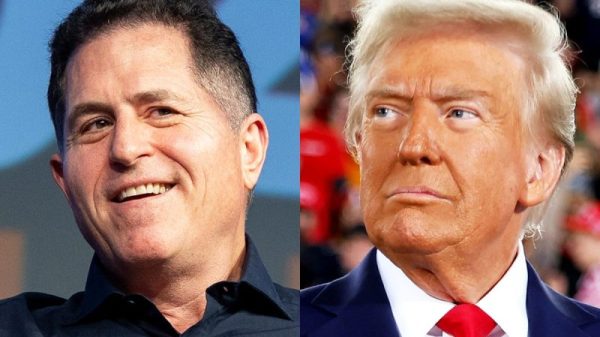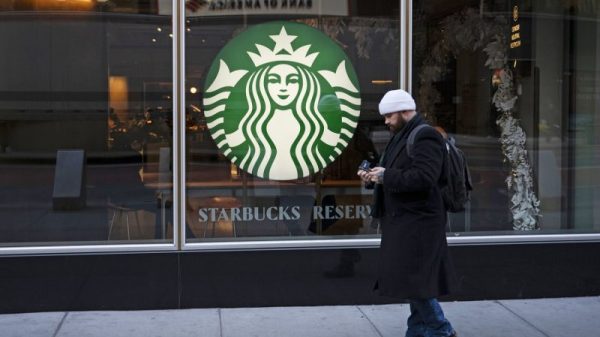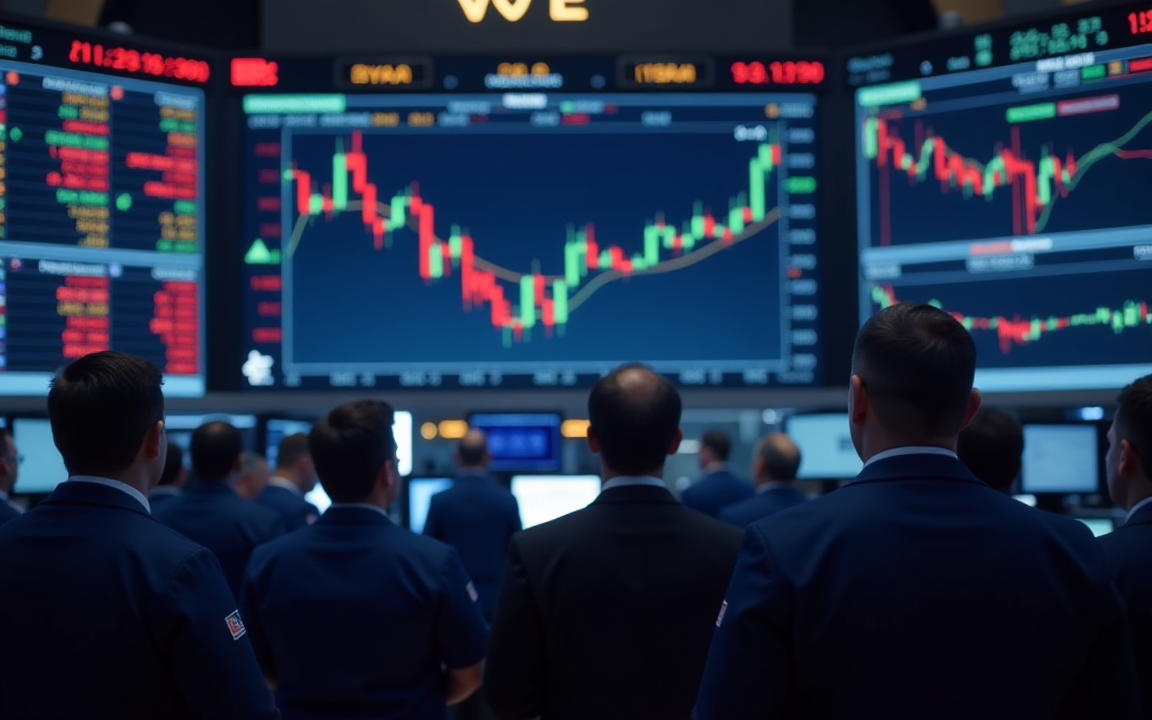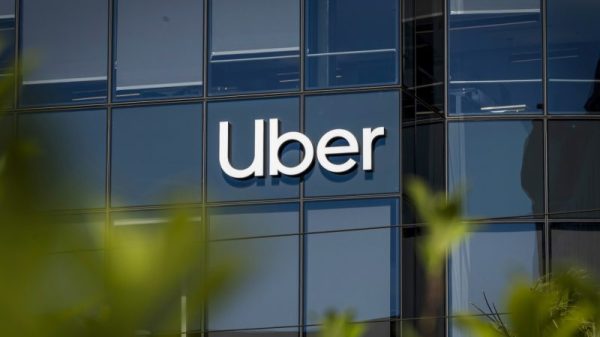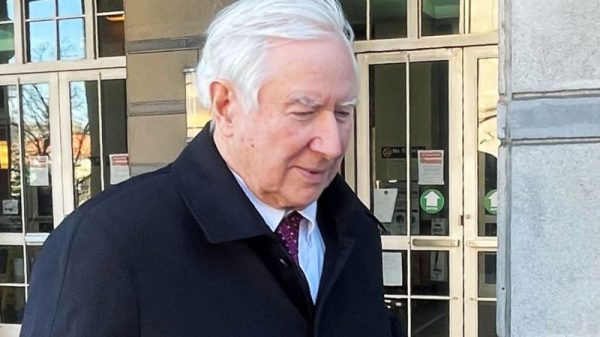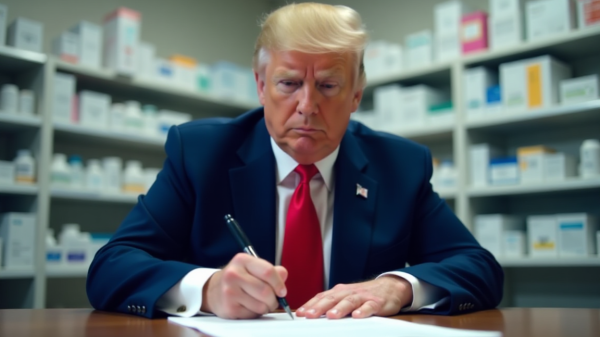US stocks as represented by the benchmark S&P 500 index have rallied hard since early April – but Trivector’s Adam Parker believes this bull market could extend through the end of this decade.
Parker sees continued momentum in the benchmark index, which could rally past the 10,000 level over the next five years, according to his latest research report.
While some investors remain cautious amid geopolitical threats, tariffs-related risks, and valuation concerns – Parker argues the long-term setup actually favours continued upside in US equities.
His bullish view is significant given the S&P 500 index has already nearly doubled since late 2020.
What could drive the S&P 500 to 10,000 level by 2030
Adam Parker remains constructive on US stocks for the long term primarily due to a combination of structural margin expansion, AI-driven productivity gains, and resilient earnings growth.
According to him, the top 50 companies in the S&P 500 index – responsible for nearly half of its gross profit – have proven resilient to inflation and supply chain shocks. A softening dollar, lower input costs, and easing expenses related to logistics could further support earnings in the near term.
Looking ahead, artificial intelligence is broadly expected to unlock both cost efficiencies and new revenue streams, particularly in tech, healthcare, and industrial.
These tailwinds, Parker wrote, will sustain double-digit EPS growth and justify elevated valuation multiples moving forward.
In short, the veteran investor’s thesis centres on expanding profit margins and the role of artificial intelligence in boosting productivity across sectors.
Assumptions made to forecast 10,000 level on the S&P 500
Interestingly, Parker didn’t make super aggressive assumptions in his research report.
All he did was model a scenario where the S&P 500 grows earnings at an annualised rate of 10% and trades at a 22x forward price-to-earnings (P/E) multiple.
Parker’s research shows that margin expansion often leads to multiple expansion, especially when productivity gains are broad-based. In a matrix of outcomes, he highlighted that even with more conservative assumptions, 7% EPS growth and 20x multiple, the index could still hit 9,000 level.
Trivector’s 10,000 level forecast hinged on sustained earnings momentum and investor willingness to pay a premium for quality and growth. It’s a bullish case – grounded in historical relationships between margins and valuation.
Why Parker’s 10,000 target is not particularly aggressive
While Parker’s forecast may seem aggressive on the surface, it’s not without precedent.
The benchmark index has nearly tripled over the past ten years, and structural shifts in technology and corporate efficiency could fuel another leg higher.
However, risks remain – interest rates, geopolitical tensions, tariffs, and valuation fatigue – but underlying drivers of earnings growth appear intact.
For long-term investors, the path to 10,000 is less about timing and more about staying invested in a market that continues to evolve. If Parker’s assumptions hold, the next five years could prove a defining chapter in US equities history.
The post How long would it take the S&P 500 to surpass 10,000 level? appeared first on Invezz







